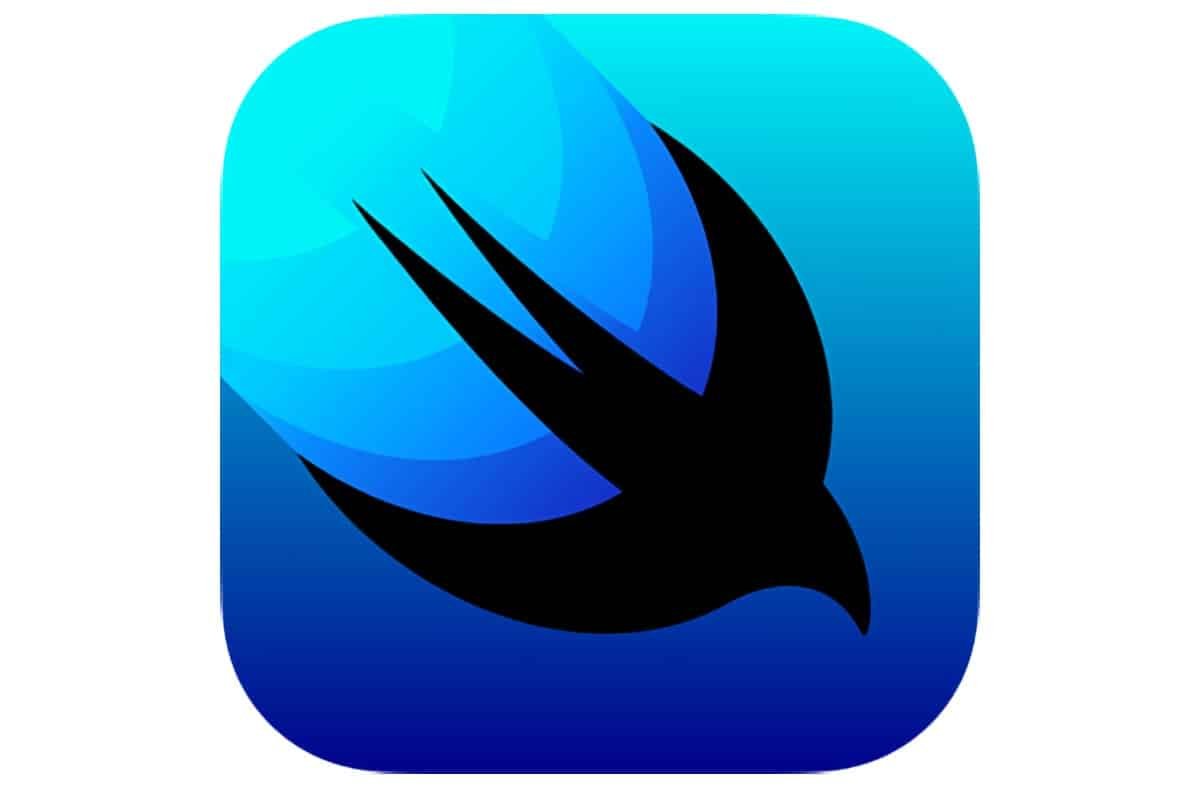
When there aren't enough developers to go around, what can a company like Apple do to try to solve the problem? Two things, really: invest in global coding skills education, and make your existing environments more user-friendly.
Apple will not have a future without code
WWDC 2022, announced this week and scheduled to take place June 6-10, declares a “code call,” rather than a no-code call. Apple won't have a no-code future, but it must continue to create development environments that allow people without much coding knowledge to build increasingly complex apps.
There are strong economic reasons to do so. Now that all businesses are digital businesses, the demand for programming talent is growing exponentially (demand doubled in 2021), so good developers charge fees that small and medium-sized businesses (SMBs) can't afford. Big tech companies, including Apple, can afford to build development centers around the world as they search for the best and brightest developers. SMEs do not have this advantage.
This shortage of skills is causing many companies to look for other ways to carry out their projects. Apple reads the same surveys we do, so you'll be aware of recent Gartner research that claims 70% of new applications developed by organizations will use low-code or no-code technologies by 2025. You may have also read a Mendix survey that stated that 77% of companies already use low code where they can.
They do this to reduce the need for expensive development teams, to speed business response to change, and to accelerate application delivery. No-code solutions are also cheaper to maintain.
The result? Excellent results, faster and with less risk.
Accessibility is key
There is a growing need to make code development more accessible. This is driving companies, including Apple, to invest in coding education (such as Swift Playgrounds, Learn to Code, Hacking with Swift, Everyone can Code events, to name a few).
It also means that Apple continues to work to lower the barrier of using developer tools. That's part of what Swift UI (now at version 3.0) aspires to, as is Swift Playgrounds, which teaches coding skills.
Apple hints at moving toward a low-code (if not zero) future, saying that SwiftUI "helps you build compelling apps across all Apple platforms with the power of Swift, and with as little code as possible."
The democratization of the code?
Apple's Shortcuts app demonstrates a similar approach to building custom, democratized solutions. There's also their little-known no-code AI platform, Trinity. All these elements show that the company recognizes the need to democratize the code.
Business users are already seeing it. Fiverr's recently released Spring 2022 Small Business Needs Index confirms a 204% increase in searches for solutions like .bubble by US SMBs looking to grow.
Business users understand that to truly reap the benefits of digital in their business, the barriers to building apps must be lowered, and the best way to do that is to continue to make it possible to build apps with as little code as possible.
So what will Apple's approach be to this emerging need? While some hope the spotlight will shift to AR, we'll likely see a move towards more democratizing code for everyone at WWDC 2022, which takes place online this year.
Apple's decision to give the event the tagline "Call to Code" suggests steps to empower more of us to create our own code.
It also seems like a plausible entry point for Swift 6.0, with improvements to other Apple development environments, including the Xcode/Swift UI likely to come with it. And who knows outside of Cupertino how much Apple will improve the iPad's app development capabilities?
Follow me on Twitter or join me at AppleHolic's bar & grill and Apple discussion groups on MeWe.
Copyright © 2022 IDG Communications, Inc.